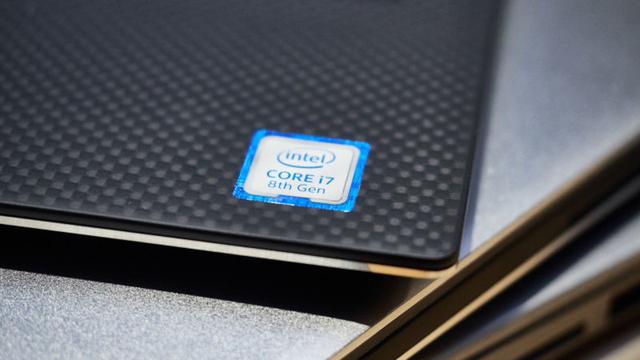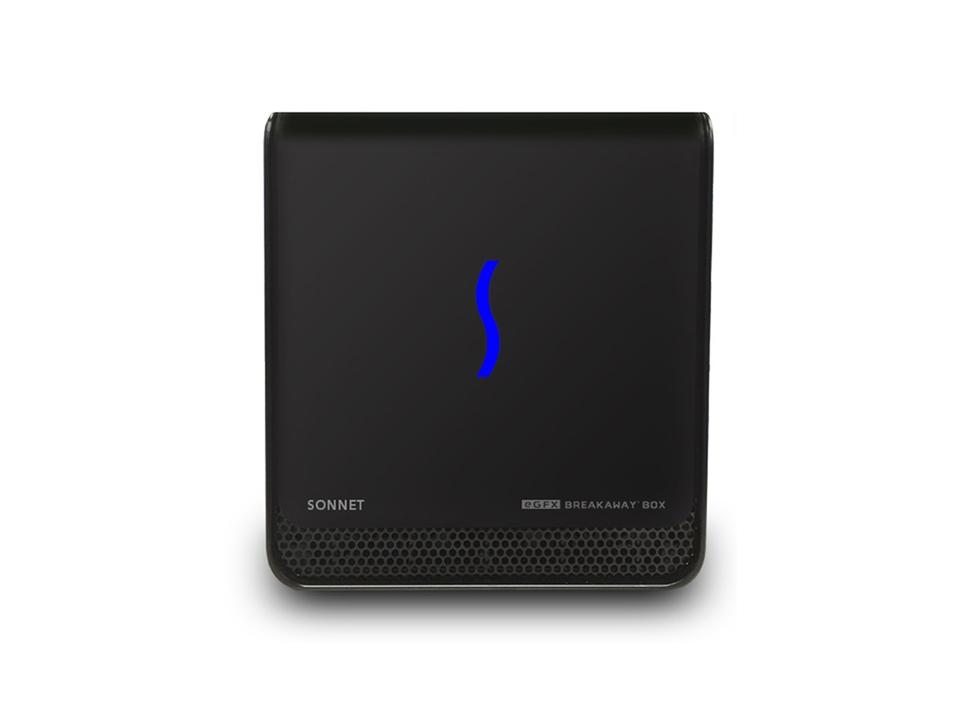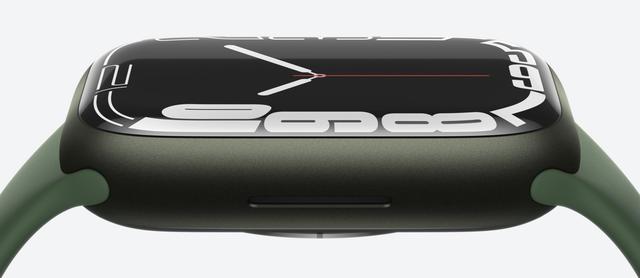CPU is in a simmered state!Summary of the new "8th Generation Intel Core Processor"

It's no wonder that 8th generation Intel Core processors are difficult and unclear. In October 2017, I called this 8th generation Core processor a "misleading Frankenstein-like monster," because that's still the case. "8th generation Core processor" refers to microarchitectures (*) that have been grouped together under that term. Information on the 8th generation Core processor has been gradually transmitted over 7 months.
* Microarchitecture: Electronic circuit design of microprocessors such as CPUs
And on April 3, 2018, another processor was announced, and the CPU was in a messy state. Then, let's clarify all of them.
What's new?
On April 3, 2018, Intel announced several CPU series for laptops.
All CPUs are based on the Coffee Lake microarchitecture. Coffee Lake was first introduced in October 2017, which means that the CPU announced this time has no hardware countermeasures against Meltdown and Specter, and will be fixed by installing a patch.
While based on Coffee Lake, all CPUs are for mobile (laptop) and are rumored to be very fast. It can be further divided into three types: business model, performance model, and low power model.
U series
Let's start with a low power CPU. These are sister models of the Kaby Lake R CPU (announced in August 2017) with higher performance. It has a high TDP (*) and will not fit in the slim notebooks and Ultrabooks (* *) that are popular these days. Intel didn't announce which laptop makers would launch products with these chips, but it will be on Apple's MacBook Pro and Dell's XPS 13.
* Thermal Design Power: Translated as thermal design power in Japanese. It indicates the amount of heat generated by a semiconductor and effectively refers to power consumption. In the case of CPU, if TDP is high, it is for large PCs. Details will be described later.
* * Ultrabook: A sub-notebook PC with a reduced volume without compressing the battery.
H series and M series
Let's look at another two types of CPUs. H series Intel Core CPU and M series Xeon CPU. All of these have higher TDP than the U series. The H series i7, i9 and Xeon have 6 cores. This is the first time for Intel for mobile (H series i5 has 4 cores). The more cores you have, the more processing you can do at the same time. In other words, you can process tasks faster.
The H-series CPUs are for smooth-running gaming laptops and other larger (think 15-inch or larger) laptops.
Two H-series CPUs and two M-series Xeon CPUs support vPro technology. vPro makes it easier for IT departments to remotely manage their devices. As a result, those CPUs are likely to be installed in large professional workstation laptops (15 inches and above). Dell's Precision series, Lenovo's ThinkPad series, HP's Zbook, etc.
CPU for low power desktop
Intel has also announced a CPU for "low power" desktops. Similarly, those CPUs based on Coffee Lake conclude Intel's consumer products.

CPUs for low power desktops can be divided into two types. Standard power 65W CPUs do not have an alphabet at the end of the model name. I think the new T-series 35W CPU is great for home servers, networked storage devices, and home theater PCs. It's also great for cheap tower desktops in local libraries and office buildings.
What is TDP?
TDP (Thermal design power) indicates the heat generation limit of the processor. Both CPUs and GPUs have TDP, but its value is crucial for laptops (and desktops with super-complex designs). The TDP of a processor determines what device the processor can be mounted on. The higher the TDP, the more cooling and power the CPU needs. A 45W processor like the i9-8950HK cannot fit in an ultra-thin Ultrabook designed for a 15W processor.
TDP is the reason why you can't update your favorite laptop right away when a new processor microarchitecture is announced. When we first launched the 8th generation CPU, Intel started with a 15W processor. Traditionally, a 15W CPU is reserved for ultra-thin laptops. On the other hand, the 28W CPU will be installed in more mainstream laptops (*) such as the MacBook Pro and Dell XPS 13. However, many laptop manufacturers have switched to 15W. For example, the new Dell XPS 13 actually uses the 15W 8th generation CPU announced in August 2017.
* Large, high-performance notebook PC.
What is the alphabet at the end of each model name?
I've talked about H-series, U-series, T-series, etc., but some people may not understand it.
Intel doesn't name the series based on strict rules, but the alphabet at the end of the series name has two things: (1) can be overclocked, (2) TDP requirements and mobile or desktop. It makes sense.
K means overclocking is possible. It's great for PC idiots who want to get as much performance out of their CPU as possible. Overclocking isn't as risky as it was in the days when computers were totally ruined for high speed. The i9-8950HK announced on April 3, 2018 is an example of a CPU that can be overclocked like the i7-8700K announced in October 2017. Processors with a K tend to be desktop-only, but the i9-8950HK is the first mobile CPU with a K in its name in the 8th generation. Unfortunately, it's not Intel's only overclockable mobile CPU. I have a CPU called i7-8809G, which doesn't have a K in its name, but can be overclocked.
The other characters indicate the series name to which the CPU belongs.
U series: For mobile, TDP 15W and 28W are available. Intel's first 8th generation processor was a 15W U series processor based on the Kaby Lake R. Announced on April 3, 2018, the U-series is TDP 28W and is based on Coffee Lake.
T series: For desktop. TPD 35W only.
H Series: Announced on April 3, 2018, for mobile. All with TDP 45W, it will be used in gaming laptops and mobile workstations.
G Series: Released last week, the announcement itself was made at CES. It has TDP 65W and 100W and is equipped with AMD GPU. Initially, it will be adopted for workstations like the Dell XPS 15 2-in-1.
How fast is it?
Now that we've seen what the announced processors look like, let's move on to the real problem, how fast the processors are.
All CPUs are based on Coffee Lake and you can expect many of the speed improvements seen with other Coffee Lake CPUs. In other words, there is an average improvement of about 20% compared to the 7th generation CPU with the same TDP. The new CPU supports Optane memory. It will also improve laptop import and export times.
Unfortunately, Intel doesn't provide details on how fast the new chip is for other generations of CPUs. Instead, Intel claims that desktop CPUs are 88% faster than the H-series and three-year-old CPUs, about 2.5 times faster than the five-year-old system. On the other hand, Intel hasn't made any noticeable performance claims about the U-series 28W, which can be strange. Many laptop manufacturers are moving from 28W to 15W on their flagship models. These trends make us wonder, "What's going on with a 28W CPU?"
Are there any numbers that can be helpful?
There are several, but they don't give you a complete picture of performance.
MSI sent us a gaming laptop "GS65 Stealth" with i7-8750H and Nvidia GPU Max-Q 1070. I was also able to get some numbers when I tested the MSI gaming laptop "GS63VR" at the end of last year. The MSI GS63VR uses the 7th generation i7-7700HQ for the CPU and Nvidia 1070 for the GPU.
The GS65 Stealth was only able to draw "Civilization VI" a millisecond faster. There was almost no speedup. However, when I tested "Rise of the Tomb Raider" at 1080p / High setting, the drawing speed of GS65 Stealth was 93.9 frames / sec. It was 13FPS faster than the GS63VR. The GS65 Stealth was just released at the end of last year, but it also beat older laptops with the comprehensive benchmark software "Geekbench 4". The single core score of GS65 Stealth (value to evaluate the performance when CPU single core is operating) is 5041, while GS63VR is 4250. The MSI GS65 Stealth also outperforms the GS63VR in multi-score thanks to the increased 2 cores, with a score of 18031 (GS63VR is 12850).
This suggests that the 8th generation CPUs have improved nicely, but not enough to guarantee an upgrade for the computer purchased last year.
When will you actually get a new CPU?
Laptops with the H-series and U-series will begin shipping this month. Asus has promised Acer, MSI and HP that it will soon launch an H-series gaming machine.
Processors for desktops will begin shipping on April 3, 2018.
Image: Gizmodo US, Intel
Alex Cranz --Gizmodo US [Original] (Kamiya Matakumi)




